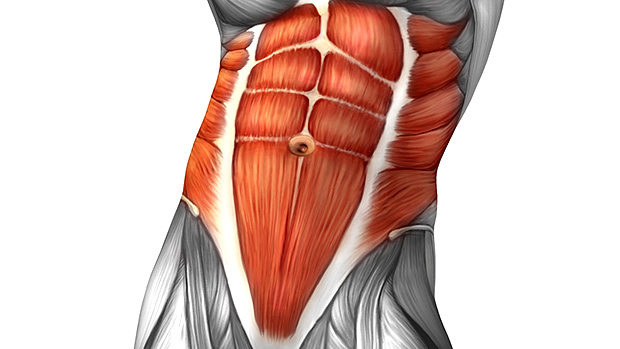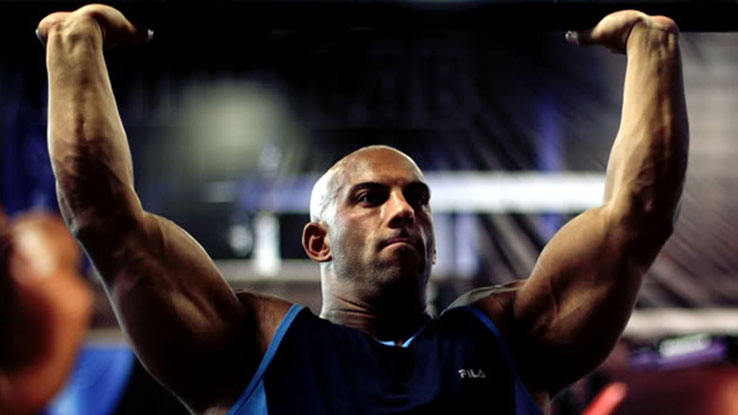A rep isn't just going through the motions with one arm while you scroll through your phone with the other. Every rep matters. And if you want to get the most out of your training, your goal should be to get the most out of each rep.
The advanced lifter uses a variety of rep types to fit his goals. Here are six you should know and use.
If you're trying to hammer a particular muscle group with more time under tension, use this.
How to do it
- Go through a full range during the eccentric (lowering) portion of the rep.
- Come up about halfway through the concentric (lifting) phase. For example, if squatting, rise halfway up.
- Go back down to full depth.
- Go back up through a full concentric phase.
Pulsing Bulgarian Split Squat
Pulsing Back Squat
These are great for teaching proper technique and eliminating any potential momentum or compensation during the lift. They'll keep you honest too. Full-stop reps take even the biggest of egos out of the equation.
How to do it
- Go to a full stop between each rep.
- Think of letting the bar settle on the floor during deadlifts rather than doing "touch and go" reps.
Full-Stop Lateral Raise
Full-Stop Rolling Dumbbell Floor Extension
Banded Full-Stop Push-Up
Not every lift warrants a slow eccentric/negative phase. A max effort deadlift wouldn't be suitable for this. But adding slow eccentrics to create greater tension here and there is a surefire way to reap some noticeable gains. It can improve your form too.
Anywhere between a 4 to 10-second eccentric is usually recommended to maximize muscle growth.
Eccentric Split Squat
Single-Leg Eccentric Hamstring Curl
Eccentric Feet-Elevated Inverted Row
Isometrics are when your muscles are under load and there's no change in length or size of the muscle. Your joint angle doesn't change. Yielding isometrics involve holding a position and resisting the urge to move, like you would during a plank.
Adding pauses to your reps eliminates potential compensation and momentum while creating greater tension in your muscles.
How to do it
- Choose a point during your exercise where there's a significant amount of tension on the muscles.
- Pause at this point during every rep, taking the momentum out of your lift and creating more tension on the areas you're wanting to build.
Isometric RDL
Isometric Split-Squat Kettlebell Pass
Remember when you stood in the doorway as a kid and pressed your hands against the frame as hard as you could for a few seconds? Then you'd step out and watch your arms float up to your sides?
Trying to move an immovable object is an example of overcoming isometrics. You can do it with just about anything: squats, deadlifts, rows, presses, curls etc.
How to do it
- Have spotter arms or safety pins attached to a squat rig.
- Pull or press the bar up against the pins with as much force as you can for about 8-10 seconds. By doing so, you're contracting as many muscle fibers as possible which leads to both muscle growth and strength gains.
Note that you don't even need a squat rig to perform overcoming isometrics. Any immovable object will do.
Overcoming Isometric Deadlift
Overcoming Isometric Barbell Curl
I learned these from Ben Bruno. Elevator reps involve going through two partial range reps before completing the full range of motion.
How to do it
- Go to full depth.
- Come up a third of the way.
- Go back down to full depth.
- Come up a half of the way.
- Go back down to full depth.
- Come all the way up.
- That's one rep. Do some more. Oh, the glorious burn.
Elevator Lateral Raise
Elevator Goblet Squat





